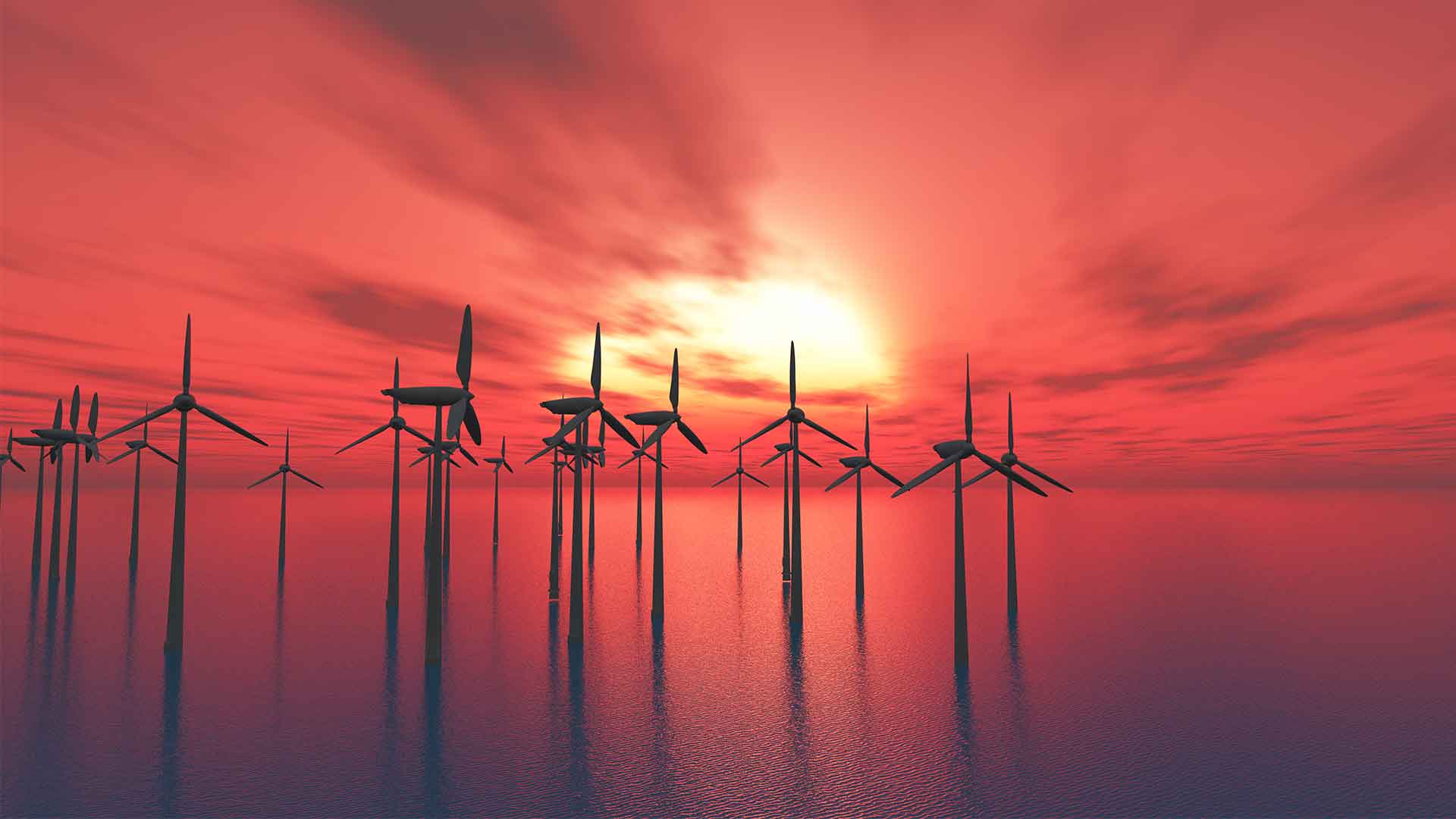Policy Actions for Critical Resources Including Boron
Boron is a critical raw material required for many sectors involved in decarbonisation efforts such as solar cell production, fiber optics, and semiconductor manufacturing. Boron production is also tied to other elements like lithium which are increasingly in demand.
Critically, Boron recycling is limited by the high cost of recovering Boron from scrap materials. This will lead to supply shortages in the future if not addressed soon. A new report published by Policy Actions identifies opportunities for Policy Actions to secure supplies of critical raw materials such as Boron.

Boron is a critical material for many industries
Boron is a chemical element that has many uses in the production of materials like ceramics, glass, and fiberglass. It also acts as an additive to strengthen steel or mixed with water for use as a fire retardant. Boron is mined from borax deposits found primarily in California and Turkey. These two countries are responsible for over 90% of world supply, and China is the other major producer.
With global demand growing at 4-5% per year there is concern about this limited supply chain and whether it will keep up with future needs. Boron mining creates jobs that are hardworking & sustainable, but the industry faces uncertainty due to environmental concerns.
Major producers
The U.S., China, Turkey, Kazakhstan, and Bolivia are all major producers of borax (a mineral containing boric acid). The U.S., however, only produces natural mined deposits found primarily in Boron and California. With global demand for borax growing at a rate of about five percent every year, some fear that this limited supply chain will not be able to keep up with future needs.
The Boron industry is responsible for generating billions in exports annually. It is responsible for $2 billion in exports annually. However, it faces uncertainty due to environmental concerns like water contamination from drilling sites and the emissions created by mining equipment. This leads to leading to supply shortages if not addressed soon. Some steps towards reducing these impacts include natural gas power plants instead of fuel oil-powered generators (a switch that reduces carbon dioxide emissions). This helps to power Boron mining operations.
Role of the policymakers
Policymakers need to address the environmental impacts that lead Boron production facilities to reduce their emissions or risk future shortages of borax.
Borates are chemical compounds containing Boric Acid (HBO). Borate minerals can make up one percent of all sedimentary rocks worldwide. But most deposits are found in California’s Boron mines and Turkey.
Many technologies are used to convert the renewable resources into electricity (e.g. wind turbines and solar panels), store this energy (e.g. in rechargeable batteries), improve the manufacturing processes (e.g. through robotics and 3DP) and facilitate the conversion and transmission of electricity via smart grids (e.g. using digital technologies).
Most of the renewable resources make use of Boron in their technology. It is an important raw material to help convert the world to go green one step at a time.
Shortage of critical resources
The current supply of Boron is not sufficient to meet global demand. And the shortage will only worsen as more countries continue to develop their nuclear power sectors. Policy action can help secure raw materials like Boron by encouraging recycling and developing alternative sources of energy.
Boron is a raw material that we need in our everyday lives. It is important in the production of glass, borosilicate, and porcelain. It is also present in detergents, fertilizers, and many other products. But with demand for this resource is projected to grow by over 60% by 2030. It is important to find ways to conserve as much as possible now before it becomes an even bigger issue further down the line.
An example of a policy that can help secure raw materials like Boron is the recently passed Trade Facilitation and Trade Enforcement Act. This law ensures that customs officials have the resources to stop the illegal trade in goods such as timber, phosphate rock, gold, or boron. Policy action can get even more effective. We need to couple it with changes on other fronts such as increased investments in research and development for green technologies.
Renewable Resources
Wind power is one of the fastest-growing renewable technologies and together with solar PV has the potential to provide a significant amount of our electricity. More utilities and companies should invest in solar and wind farms, including wind turbines located in the sea area as offshore wind.
The ‘intermittent’ characteristic of wind and sun as energy sources, storage technologies, such as the newer large-scale Li-ion batteries and fuel cells, are critical components for creating a low-carbon electricity system. They allow the production of low-carbon electricity when possible and save it for later use.
Hydrogen and Boron
Hydrogen and Boron are an important part of the clean energy mix, boosting renewable electricity market growth and broadening the reach of renewable solutions. A Boron-based energy transition will not happen overnight, the countries must continue their policy and business efforts to ensure a significant share of boron in the energy systems. Digitalization, innovation in robotics, and additive manufacturing will contribute to the acceleration of the renewable energy sector. Digitalization is the key enabler of the transition to clean energy. It is possible through improving the safety, productivity, accessibility, and sustainability of energy systems. For instance by facilitating grid management and operation.
Robots and automation need to increase their share in the production of renewable energy generators. It will enable industries to save time, increase productivity and optimize performance. For example, robotic automation is already in solar systems for manufacturing silicon ingots, silicon modules, solar cells, and silicon wafers. You can also find it in wind turbines for welding certain structural components. It is vital in sharpening the edges of gears and handling the turbine blades. Despite still higher manufacturing costs than the conventional ways, 3D printing can efficiently produce renewable energy products. E.g. creating large components for the offshore wind turbines.
Policymakers should invest in research and development on new sources of boron. They also need to create incentives that encourage innovation in the industry.
Conclusion
The world requires more awareness about the importance of Boron. It is a critical raw material that fuels our future. And it is difficult to secure without increased policy action.
The global community needs to adopt new standards for sustainable resource extraction and consumption before it is too late. It’s time for us all to start thinking about how our actions today will affect future generations, not just ourselves.





